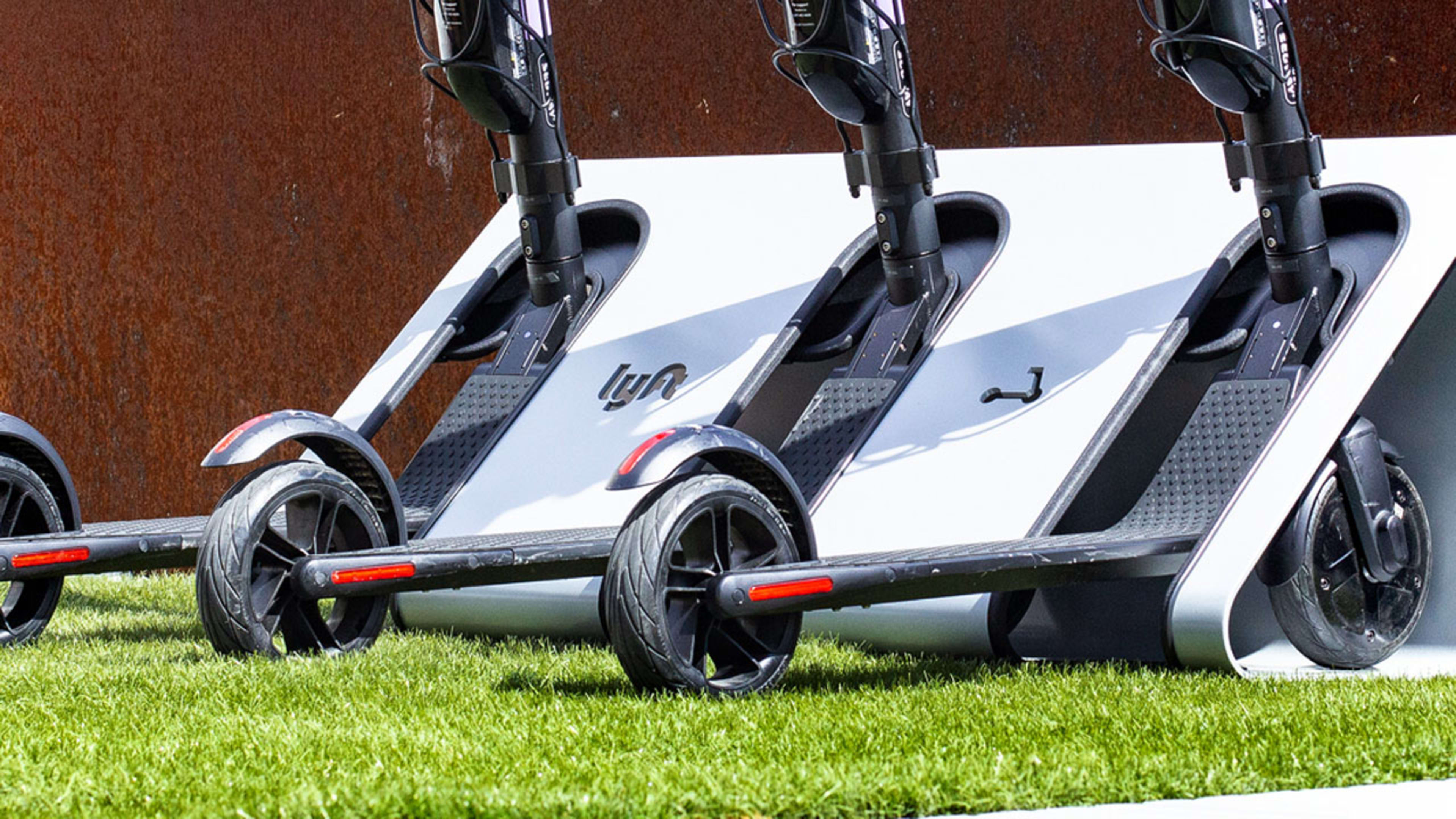Almost as soon as e-scooters from companies like Lime and Bird began to land in cities two years ago, they developed a bit of a bad reputation. Because some careless users relished being able to leave them anywhere, they drew complaints about cluttering sidewalks (and protests that involved throwing the scooters into lakes and trees).
Lyft, which rolled out its own e-scooters last year, is thinking it may be time to rein in their scooters’ free run of the public right-of-way. At South by Southwest in Austin this year, it’s launching a very small pilot of a scooter docking system. Across the city, there will be six docks that can fit three scooters each. The trial is limited to Austin for now, but Lyft is hoping it pushes the scooter sector to wake up to the potential of greater organization.
“We strongly believe in docks,” says Caroline Samponaro, Lyft’s head of bike, scooter, and pedestrian policy. Last year, Lyft acquired Motivate, the company behind many of the U.S.’s most successful docked bike share systems like New York’s Citi Bike and D.C.’s Capital Bikeshare. Docks create designated places in the cityscape for non-car options. And they could also act as charging infrastructure as electric bikes and scooters scale up.

While scooters and dockless bikes are often just unleashed on cities without too much organizational effort, docked systems require more effort and coordination with city governments, Samponaro says. Companies have to “rebalance” the mobility tools to make sure that each dock has enough bikes or scooters to serve riders, and because docks are additional infrastructure, they can represent an additional cost. However, docks don’t have to be a huge investment: Minneapolis is expanding its docked bike share system simply by requiring bikes to be picked up and left in designated parking corrals that cost next to nothing to maintain. It’s easy to see how such a system could roll out quickly for scooters.
More organized mobility systems also have the potential to create greater equity. “They can help ensure that bikes and scooters are distributed evenly in neighborhoods, particularly neighborhoods that have low transit access or are low-income neighborhoods not in the central business district,” says Samponaro. It’s worth noting that docked bike share systems have also not historically done well at actually reaching people who live in those neighborhoods, but Lyft has been vocal about trying to correct that dynamic.
At least for the duration of SXSW, Samponaro is hopeful the docks will serve as “a physical cue” to remind people of where scooters belong. “We’ve heard a lot from our city partners about the importance of keeping city sidewalks clear and not leaving the scooters lying around as safety impediments,” she says. And for those that still don’t get the hint from the docks, Lyft representatives will be on hand to distribute a sassy pamphlet on “scootiquette” that they developed with Austin-based creative agency McGarrah Jessee, showing people exactly how to use the small vehicles in the least disruptive way (and reminding them not to throw them into a nearby tree in frustration).
Recognize your company's culture of innovation by applying to this year's Best Workplaces for Innovators Awards before the extended deadline, April 12.
